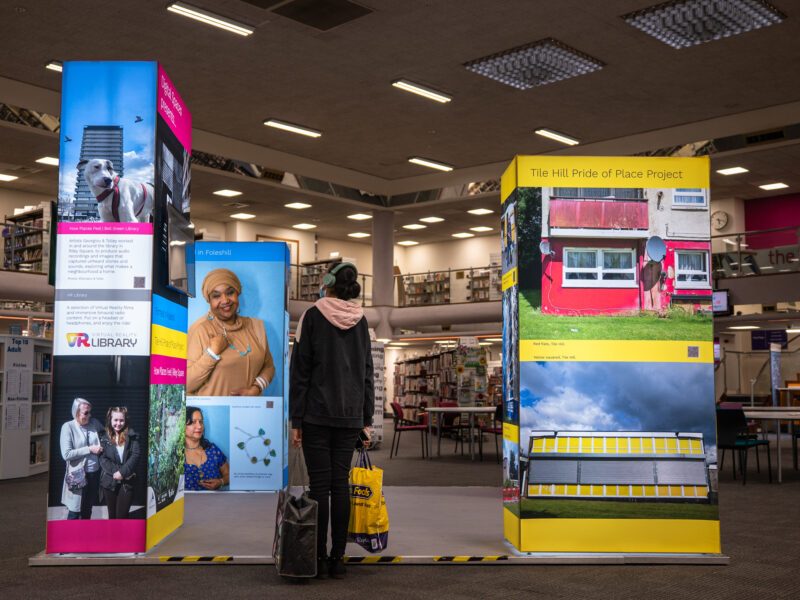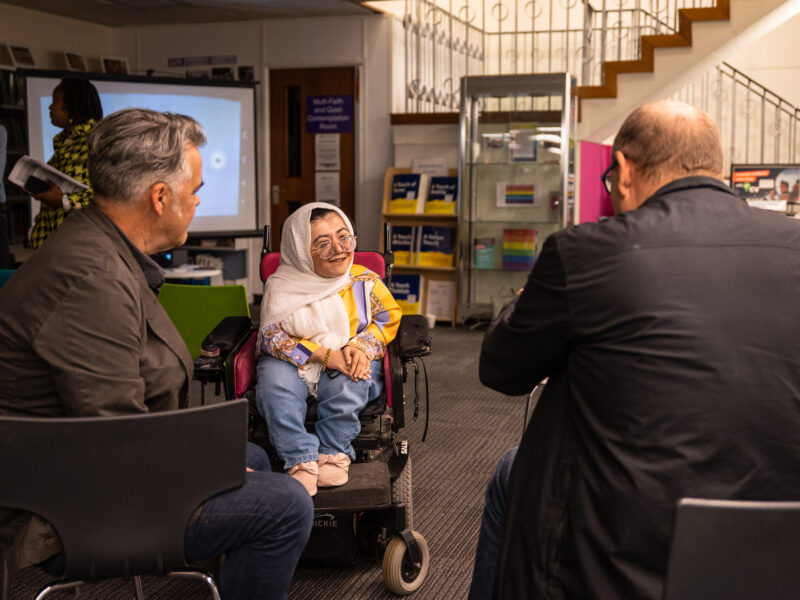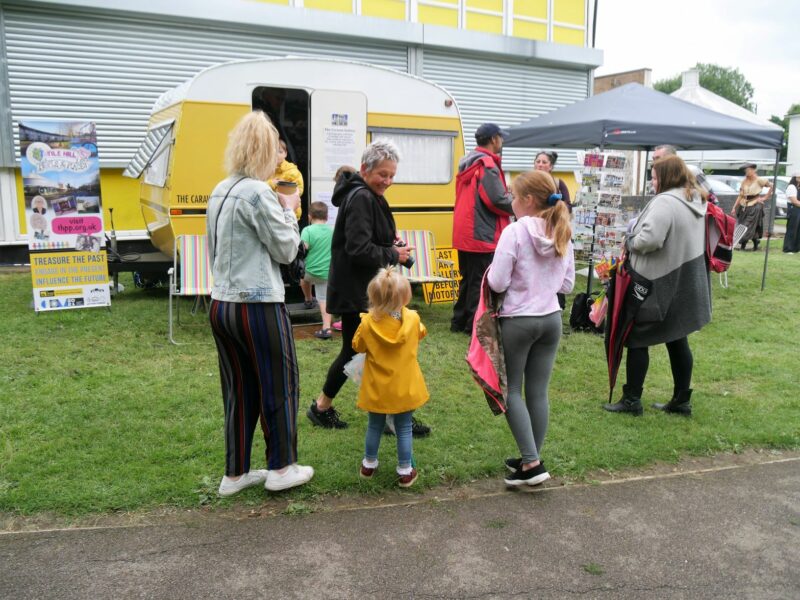Digital technology is not only essential to navigating modern society, it also provides a creative medium that can reach across access barriers and give voice and presence to previously excluded communities. As trusted, public spaces without pay barriers, libraries are one of the best-placed institutions to engage local communities in digital culture and creativity. But forging links between communities, artists and libraries is a process that takes time and clear intention.
Drawing on their work with local communities as part of the Digital Spaces project, Gemma and Kelman Greig-Kicks from film production company Neon 8, and The Space’s Digital Associates Zoe Partington and Clare Savory, share their tips on how libraries can become community-focused hubs of digital creativity.

Define your vision
Every library is different. It has a unique landscape of community, geography and history, and way of operating. It’s essential to understand not only what is already present and known – resources, local networks, technology – but what might be possible. How can digital technology best serve your communities? What access opportunities could it offer? What do local people want to explore, create or do? By understanding what your creative hub could look like, and what value it could bring to people, you’ll be better placed to take practical steps towards the vision, secure funding and gain staff support.
Build community relationships
This is the cornerstone of your project – with open, trusted relationships between libraries and the people who live near them, creative engagement has the potential to flow and flourish. Some community groups already use your library, but there’ll be others who don’t. Why not go into the local pubs, the colleges, or centres that support asylum seekers, and invite the people you meet back into the library? Key to developing relationships is not only identifying the ‘connectors’ in the community – the people who can act as links between community and library – but assigning your own stable point of contact. If community members can reach one known and welcoming person, it will do wonders to help build trust and communication.
Build accessibility and inclusion into everything you do
Think about how you ensure disabled and other marginalised people can participate in what you offer. This might involve a new use of technology, for example including creative audio description in new content. Or it might be about how you organise displays and physical space to make experiences available to all. Don’t be afraid to ask disabled people what would make them feel more welcome. Work with and involve disabled artists, producers who use digital tools. The value of embedding this can be immense.

Move from consumption to co-creation
Encouraging community members to create their own content can empower them to tell their own stories and connect meaningfully with people both within and outside of their community. Reach out to local, community-focused artists who can facilitate workshops and bring an innovative, creative eye to your project. By choosing local artists, there will be the potential to develop long-term relationships with them – just be sure to allow the artist a good amount of time to develop relationships with the groups.

Exhibit the work of community members
This is when the magic happens. Giving digital work a physical space roots it in community and enables local people to feel heard and seen. For other members of the public, too, it brings them into contact with people in their own city who they might not otherwise have known or understood, breaking down cultural, social and generational barriers.
How useful was this resource?
Further reading


